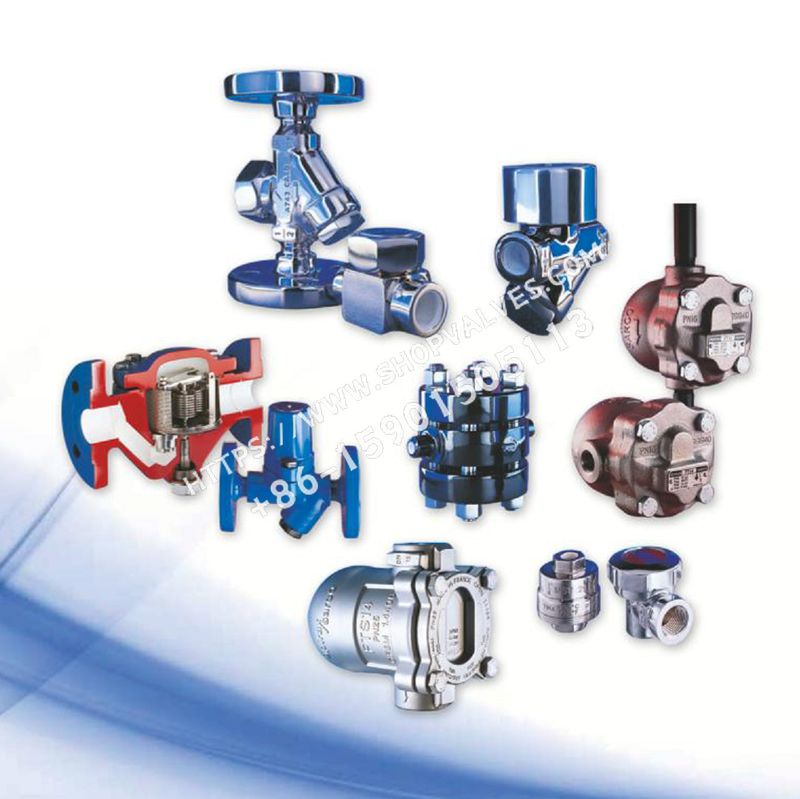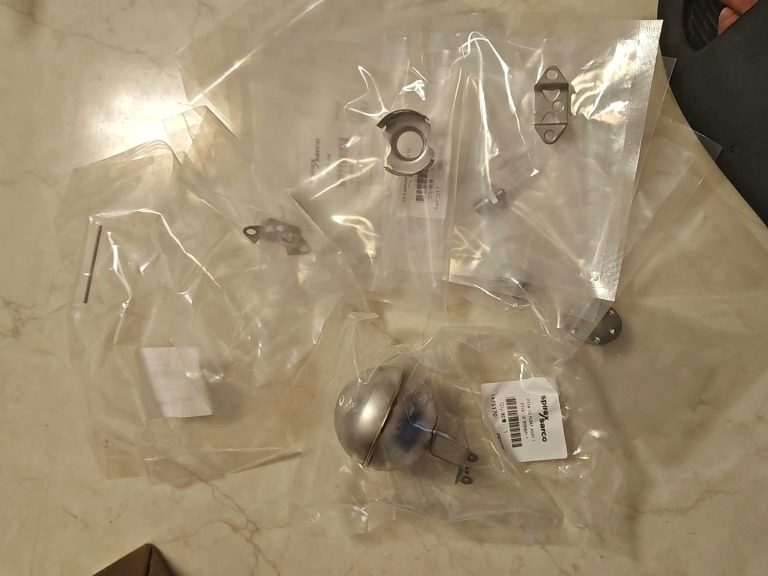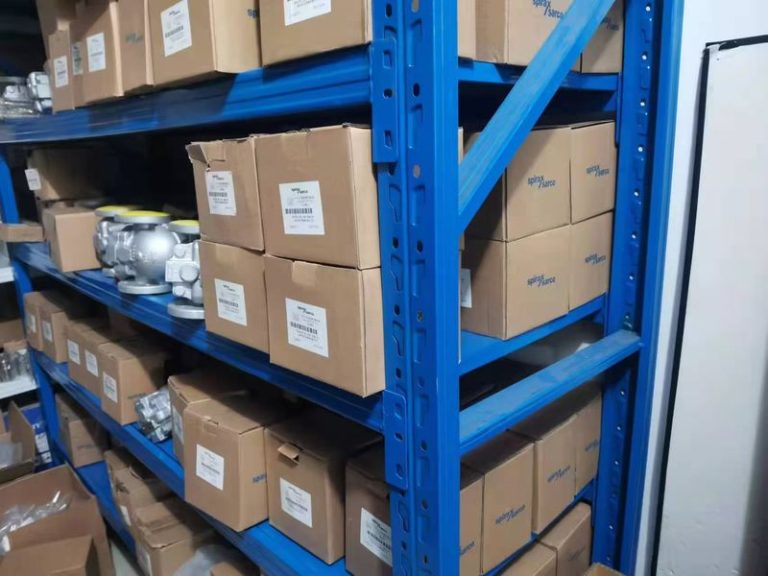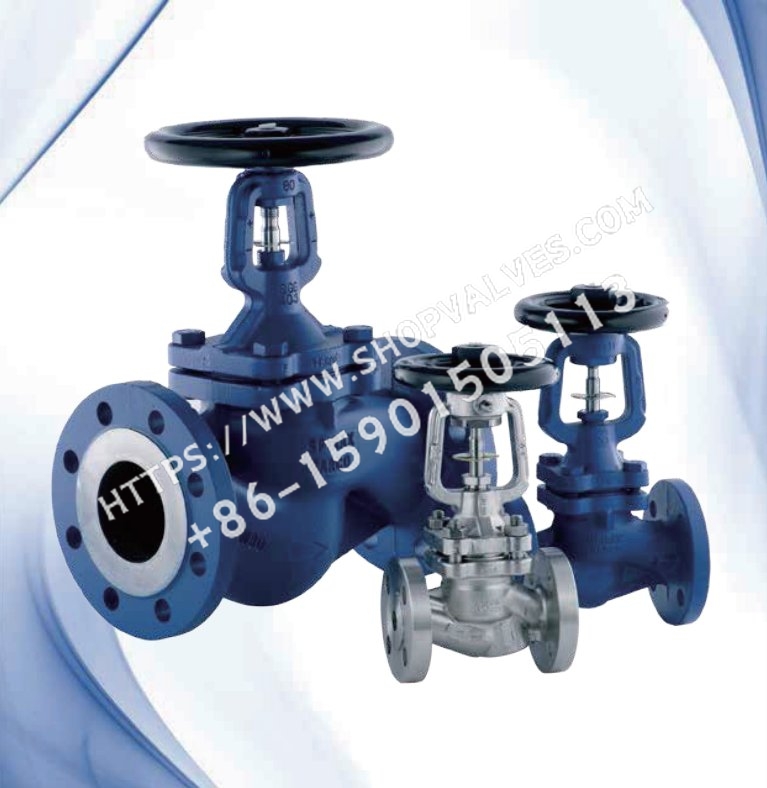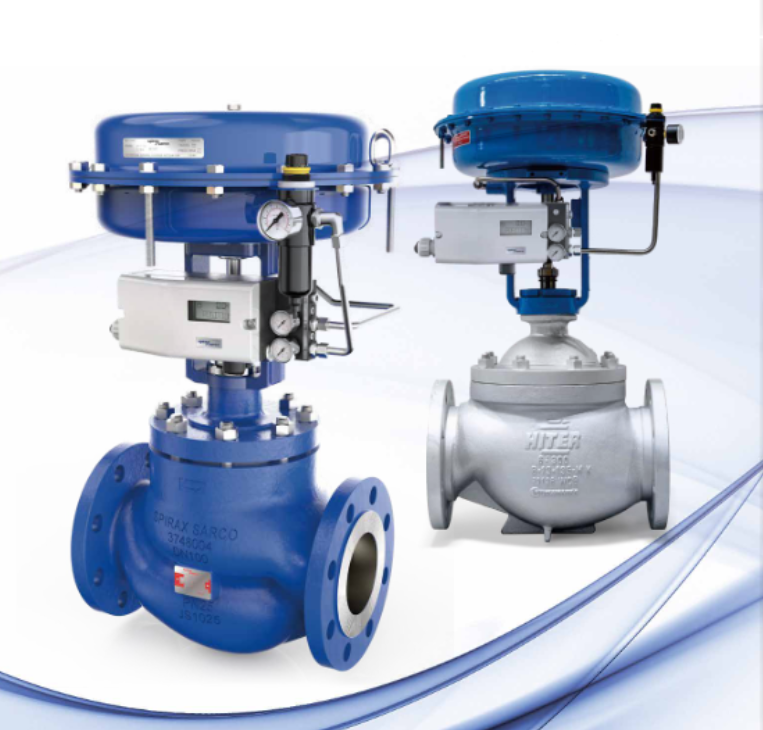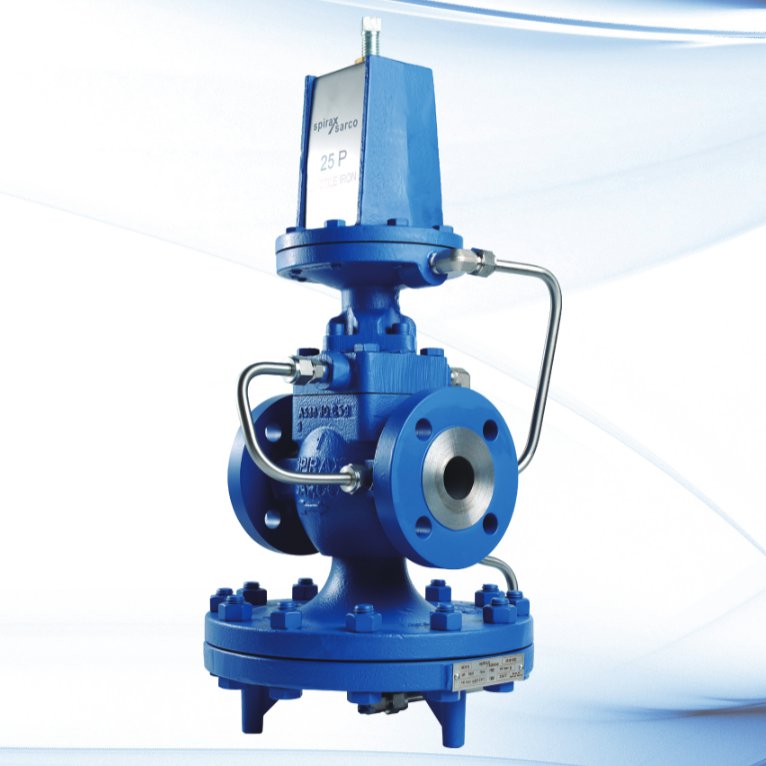In steam systems, the timely discharge of condensate is critical, directly affecting system efficiency, equipment life and energy consumption. As an indispensable component of steam systems, float steam traps have evolved over 80 years of technology to become the benchmark for efficient drainage in the industrial sector. Spirax Sarco, a global specialist in steam solutions, has won worldwide recognition for the excellent performance and reliable quality of its range of float steam traps.
Technology Evolution and Product Advantage: 80 Years of Innovation and Breakthroughs
Since its inception in 1940, the Spirax Sarco Float® steam trap has evolved through continuous design improvements to become the world's most advanced product of its type. To date, more than 3.5 million Spirax Sarco Float® traps have been supplied to more than 100,000 customers, with the FT type becoming a classic product widely used around the world.
Core technology design
- Self-calibrating main valve: Unique self-correcting main valve design ensures tight closure at any pressure, effectively extending equipment life and reducing maintenance costs.
- Waterproof Hammer Combination: Special float and linkage mechanical components are designed to resist the impact of water hammer and vibration to ensure the stable operation of the equipment under complex working conditions.
- Anti-corrosive air venting valve: Thermostatic exhaust valve with corrosion-resistant stainless steel sealing capsule, exhaust temperature close to the saturation temperature of steam, in the start-up can increase the cold condensate discharge, rapid exclusion of air and non-condensable gases, to ensure that the system is quickly warmed up.
- Broken steam vapor locking device (SLR)Optional broken steam vapor lock device effectively solves the problem of steam vapor lock when discharging from a siphon or long discharge pipe, ensuring that condensate reaches the trap and is discharged smoothly.
Product Advantages
- Efficient emissions: Rapid discharge, tight closure, no blockage, ensuring ideal operating efficiency of the equipment, able to adapt to changes in high and low loads as well as sudden fluctuations in operating pressure.
- Structural robustness: Resistant to water hammer and vibration, lightweight to reduce installation costs, and able to adapt to horizontal or vertical installation to reduce installation difficulties.
- corrosion resistance: Stainless steel internal structure can effectively prevent corrosion and prolong service life.
- large capacity: The high displacement and continuous discharge characteristics ensure the greatest possible heat transfer efficiency and are particularly suitable for applications where high heat transfer efficiency is required.
- wide range of adaptationsA wide range of models and sizes to suit different pressures, temperatures and pipe diameters, with materials and pipe connections suitable for a variety of application scenarios.
Product range and technical parameters: Diversified industrial solutions
Spirax Sarco Float® Steam Traps are available in a wide range of products covering different pressure ratings, connection types and material configurations to meet the needs of a variety of industrial applications. Below are the technical specifications and features of some of the major products:
FTGS14 Series: Ductile Iron / Stainless Steel Material
- Dimensions and connections: 1/2", 3/4", 1" thread BSP or NPT, DN15, 20, 25 flanges EN 1092 PN16, ANSI 150 and JIS/KS 10, horizontal connection.
- makings: Valve body/bonnet in nickel-plated ductile iron, valve seat in austenitic stainless steel, internal construction in stainless steel.
- Performance Parameters::
- Maximum permissible pressure (PMA): 16 bar g (120°C)
- Maximum Allowable Temperature (TMA): 250°C
- Cold water test pressure: 24 bar g
- Maximum differential pressure (ΔPMX): 4.5 bar, 10 bar, 14 bar
FTGS14HC Series: Stainless Steel
- Dimensions and connections: 1" thread BSP or NPT.
- makings: Stainless steel body, ductile iron bonnet and austenitic stainless steel internal structure.
- Performance Parameters::
- Maximum permissible pressure (PMA): 25 bar g (120°C)
- Maximum Allowable Temperature (TMA): 300°C
- Cold water test pressure: 37.5 bar g
- Maximum differential pressure (ΔPMX): 4.5 bar, 10 bar, 14 bar
FT14 Series: Ductile Iron Material
- Dimensions and connections: 11/4", 11/2", 2" thread BSP or NPT, horizontal connection only.
- makings: Valve body/bonnet in ductile iron or GG25 with stainless steel internal construction.
- Performance Parameters::
- Maximum permissible pressure (PMA): 25 bar g (100°C) for 11/4", 16 bar g (100°C) for 11/2", 2"
- Maximum permissible temperature (TMA): 300°C (18 bar g) for 11/4", 220°C (13.5 bar g) for 11/2", 2"
- Cold water test pressure: 38 bar for 11/4", 24 bar for 11/2", 2".
- Maximum differential pressure (ΔPMX): 4.5 bar, 10 bar, 14 bar
FT43 Series: Cast Iron Flange Connection
- Dimensions and connections: DN25-50 horizontal/vertical connection, DN80-100 horizontal connection, flange EN 1092 PN16.
- makings: The valve body/cap is cast iron and the internal structure is stainless steel.
- Performance Parameters::
- Maximum permissible pressure (PMA): 16 bar g
- Maximum Allowable Temperature (TMA): 220°C
- Cold water test pressure: 24 bar g
- Maximum differential pressure (ΔPMX): 4.5 bar, 10 bar, 13 bar
FTC32 Series: Carbon Steel
- Dimensions and connections: 1/2", 3/4" threaded connection BSP and NPT, 1/2", 3/4" socket weld, DN15, DN20 flange EN 1092 PN40, etc..
- makings: Valve body/cap is carbon steel with stainless steel internal construction.
- Performance Parameters::
- Maximum permissible pressure (PMA): 40 bar g for PN 40, 50 bar g for ASME 300
- Maximum Allowable Temperature (TMA): 400°C
- Cold water test pressure: 60 bar g for PN 40, 75 bar g for ASME 300
- Maximum differential pressure (ΔPMX): 4.5 bar, 10 bar, 14 bar, 21 bar, 32 bar
FT450 series: ASTM specification steel quality
- Dimensions and connections: DN20-100 threaded NPT, welded, flanged BS 1560 class 150/300/600.
- makings: The valve body/cap is steel and the internal structure is stainless steel.
- Performance Parameters::
- Maximum permissible pressure (PMA): 50 bar g
- Maximum Allowable Temperature (TMA): 400°C
- Cold water test pressure: 75 bar g
- Maximum differential pressure (ΔPMX): 4.5 bar, 10 bar, 14 bar, 21 bar, 32 bar
FT44 Series: DIN Specification Steel Flanges
- Dimensions and connections: DN15-100 flange EN 1092 PN40 etc., DN15-50 horizontal/vertical connection, DN80-100 horizontal connection.
- makings: The valve body/bonnet is steel and the internal structure is stainless steel.
- Performance Parameters::
- Maximum permissible pressure (PMA): 40 bar g (100°C)
- Maximum permissible temperature (TMA): 300°C (27.5 bar g)
- Cold water test pressure: 60 bar g
- Maximum differential pressure (ΔPMX): 4.5 bar, 10 bar, 14 bar, 21 bar, 32 bar
FTS14 Series: Stainless Steel Threaded Connection
- Dimensions and connections: 1/2", 3/4", 1" thread BSP or NPT, DN15-25 flanges, sanitary clamp connections.
- makings: Valve body/bonnet is austenitic stainless steel with stainless steel internals.
- Performance Parameters::
- Maximum permissible pressure (PMA): 25 bar g
- Maximum Allowable Temperature (TMA): 300°C
- Cold water test pressure: 37.5 bar g
- Maximum differential pressure (ΔPMX): 4.5 bar, 10 bar, 14 bar
FT46 Series: Austenitic Stainless Steel Flanges
- Dimensions and connections: DN15-50 flange EN 1092 PN40, horizontal connection.
- makings: Valve body/bonnet is austenitic stainless steel 316 with stainless steel internals.
- Performance Parameters::
- Maximum permissible pressure (PMA): 40 bar g (80°C)
- Maximum permissible temperature (TMA): 300°C (22 bar g)
- Cold water test pressure: 60 bar g
- Maximum differential pressure (ΔPMX): 4.5 bar, 10 bar, 14 bar, 21 bar, 32 bar
FT62 Series: High Pressure Specification
- Dimensions and connections: 1/2"-1" threaded connections BSP and NPT, DN15-20 flanges EN 1092 PN100, ANSI Class 600.
- makings: Valve body/bonnet is carbon steel or stainless steel with stainless steel internal construction.
- Performance Parameters::
- Maximum Allowable Pressure (PMA): 100 bar g (50°C) for PN100, 100 bar g (52°C) for ASME 600
- Maximum Allowable Temperature (TMA): 425°C (46 bar g) for PN100, 425°C (57 bar g) for ASME 600
FTC80 Series: High-pressure large-diameter
- Dimensions and connections: 11/2"-2" socket weld, DN40-50 flange EN 1092 PN100, ANSI Class 600.
- makings: Valve body/cap is GP240GH carbon steel with stainless steel internal construction.
- Performance Parameters::
- Maximum Allowable Pressure (PMA): 100 bar g (50°C) for PN100, 100 bar g (52°C) for ASME 600
- Maximum Allowable Temperature (TMA): 425°C (46 bar g) for PN100, 425°C (57 bar g) for ASME 600
- Maximum differential pressure (ΔPMX): 45 bar, 62 bar, 80 bar
Working Principle and Typical Applications: Precise Adaptation for Industrial Scenarios
Working Principle
The operating principle of the float type steam trap is based on a mechanism whereby the float acts in response to changes in condensate level:
- kick-start phase: Thermostatic evacuation air valve allows air to be discharged without passing through the main valve, avoiding the phenomenon of airlock and ensuring rapid warming of the system.
- Condensate discharge: When condensate reaches the trap, the float rises and mechanically opens the main valve by means of a connecting rod, and the hot condensate closes the evacuation air valve and continues to flow through the main valve.
- Vapor Barrier: When steam arrives, the float drops to close the main valve, which is below the surface of the water so that steam cannot pass through, realizing the separation of steam and condensate.
Typical Application Scenarios
- jacketed pot: Discharge condensate and gas quickly and efficiently for higher productivity.
- heat exchangerThe heat exchanger is ideal for temperature controlled heat exchangers: adapted to variable load conditions, it rapidly discharges air and other non-condensable gases during the start-up phase and ensures a rapid warm-up of the system.
- Vapor Separator Discharge: Rapidly removes condensate and ensures efficient operation of the vapor separator.
- Air heat exchangers, heat exchanger packages and dryers: Efficient discharge of large quantities of condensate in a limited space, preventing temperature instability, loss of control and corrosion problems caused by condensate or air buildup, and ensuring effective discharge under positive differential pressure conditions.
Installation and maintenance: the key to ensuring optimal performance
Installation points
- Location Selection: It should be installed as close as possible to the point of drainage so that the float linkage is level and the direction of the arrow on the body of the valve is in line with the direction of flow.
- Filter Installation: A strainer should be installed in front of the trap to prevent impurities from clogging the valve internals.
- antifreeze treatment: If exposed to freezing conditions, insulate or drain to avoid equipment damage.
Optional accessories and services
- SLR (steam vapor lock resistant): Manually adjustable needle valve for applications where steam vapor lock is encountered.
- vent plug: The bonnet can be drilled with a 3/8" fillet to install a vent plug for easy venting and maintenance.
- Trap Leak Detection: The STAPS monitoring system is used to automatically monitor the trap's operating status and detect leaks and other problems in a timely manner, and information can be obtained from the company.
- trap station: Spirax Sarco can provide convenient and fast trap stations and other complete sets of equipment to realize one-stop solutions according to customers' needs.
